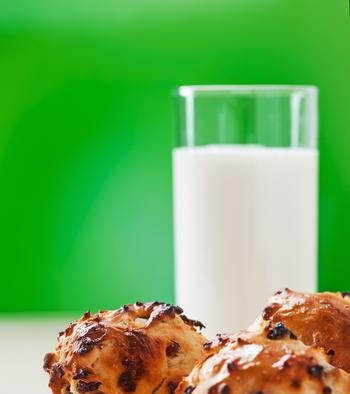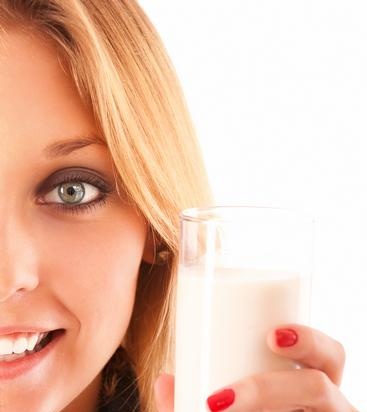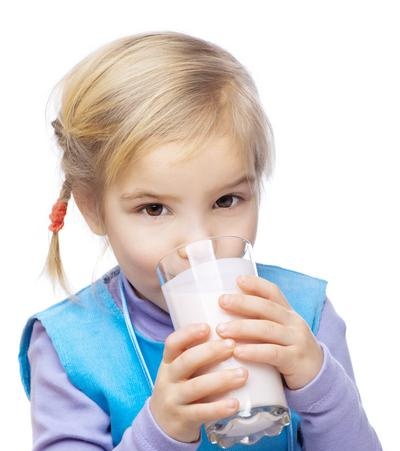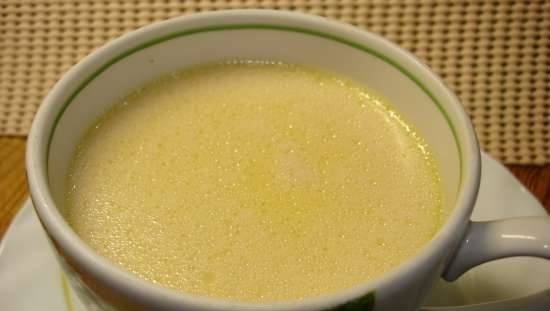|
 From the point of view of the needs of our body, only in protein, pure milk can completely replace all other types of food products. But there is still a need for a number of other substances, and above all for fats. From the point of view of the needs of our body, only in protein, pure milk can completely replace all other types of food products. But there is still a need for a number of other substances, and above all for fats.
Scientists dealing with nutritional problems have determined that in the complete absence of fats in the diet (in the presence of the required amount of proteins, carbohydrates, salts, vitamins), 56% of young experimental animals die, and the rest stop their development and get sick. The addition of 2.5% fat somewhat reduces death, but almost half of the animals in the experimental group (46%) still die. Doubling this amount of fat in the diet saves 70% of the animals, but only when 10% of the fat is included in the diet, all rats survive.
What functions, besides energy, do fats perform? First of all, they are an obligatory component in the nervous tissue, in the membrane of all cells. It is also very important that some vitamins, in particular A, D, K and others, dissolve only in fats and, in their absence, are not absorbed by the body, even if they are contained in food.
Apparently, most readers from the school chemistry course remember that fat is a complex organic compound based on glycerin and fatty acids. At the same time, it is believed that it is acids that are of decisive importance (there are more than 60 of them, but this is together with exotic and rare ones, in real products there are no more than 25), as well as phosphatides, sterols and other substances, but not glycerin. At least, since glycerin is part of all fats, no one ever mentions its lack in the diet.
For further conversation, it is necessary at least briefly to refresh the memory of the classification of fatty acids, in particular, to remember that they are all subdivided into limit (saturated) and unsaturated (unsaturated). The former are more often, but not only, found in animal fats, the latter in vegetable fats. In addition, it is important to know that fatty acids can be solid or liquid, depending on their molecular weight. In turn, the melting point depends on the consistency of fats, and the ease of assimilation by the body depends on it. Liquid fats are better absorbed, then soft fats, and hard fats worse.
As long as a person is healthy and the liver “works” normally, there is no need to think about it. But, unfortunately, there are fewer and fewer people with healthy livers. There are many reasons for this, you cannot say about all of them, but apparently two can be considered the main ones: a huge number of various chemical compounds that enter our body with air, water, food, and the effect of many medicines, to which we are all in in recent years have become extremely addicted. Chemicals enter the air, water, products as a result of atmospheric pollution by exhaust gases of cars and industrial gases of many enterprises, the use of pesticides in agriculture, during breakthroughs of treatment facilities and also because these treatment facilities are far from everywhere. Be that as it may, but in the last quarter of the 20th century, environmental pollution reached an unprecedented scale and made people with normal liver function more exceptional than common.
 In terms of biological properties, in terms of usefulness for the body, saturated fatty acids of animal origin are inferior to unsaturated acids. (A small disclaimer: it is clear that fatty acids themselves are not consumed in food, therefore, in this case and in some subsequent ones, fats in which these acids prevail are meant.) In addition, it is considered proven that it is the fault of the saturated fatty acids in the body negative reactions occur, leading to a violation of fat metabolism and the development of atherosclerosis, especially in the elderly. In terms of biological properties, in terms of usefulness for the body, saturated fatty acids of animal origin are inferior to unsaturated acids. (A small disclaimer: it is clear that fatty acids themselves are not consumed in food, therefore, in this case and in some subsequent ones, fats in which these acids prevail are meant.) In addition, it is considered proven that it is the fault of the saturated fatty acids in the body negative reactions occur, leading to a violation of fat metabolism and the development of atherosclerosis, especially in the elderly.
And it is not for nothing that doctors are more and more insistently recommending, if possible, replacing animal fats with vegetable fats.
Well, what about milk fat? They are a happy exception.And not only because more than a third of them (36-37%) are the main unsaturated acids - oleic, linoleic, arachidonic, but also because their physical state is unique. The fact is that milk fats are in the form of an emulsion, a suspension of tiny balls in water, the sizes of which range from fractions of a micrometer to several micrometers. Their size can be judged at least by the following figure: 1 milliliter of milk contains 2 billion balls, or 200 times more than 1 milliliter of blood contains erythrocytes.
Any fats, except milk fats, are emulsified in the intestine by bile - otherwise they cannot be absorbed. Dairy products immediately enter the body in the form of semi-finished products, which undoubtedly facilitates their further processing. This is of particular importance for young children and people with impaired liver function.
Now let's calculate the amount of fat. Standard milk contains 2.5% fat. The requirements for fats in people of different ages, depending on the working and living conditions, range from 70-135 grams per day. Having performed the simplest arithmetic operation, we find that only 3-5 liters of milk are needed to completely cover them, that is, almost as much as to replenish the need for proteins and calories. For those who drink milk not from the store, but from their own cow, it is easy to eliminate excess fat in it: just put it in a cool place for several hours and then skim the cream.
Vladislavsky V. - About your food, man
|
 From the point of view of the needs of our body, only in protein, pure milk can completely replace all other types of food products. But there is still a need for a number of other substances, and above all for fats.
From the point of view of the needs of our body, only in protein, pure milk can completely replace all other types of food products. But there is still a need for a number of other substances, and above all for fats.









